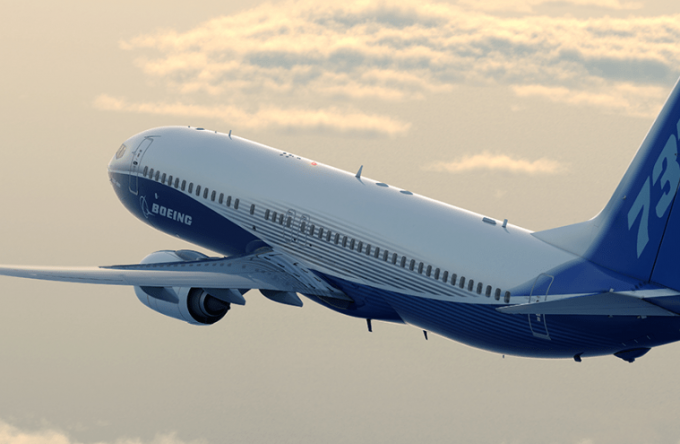
Texel Air, a private carrier and MRO operator based in Bahrain, is opening a new chapter for Boeing 737NG aircraft.
In a market that demands more flexibility, Texel took delivery yesterday of a B737-700 that can be operated in seven different configurations.
The plane, modified by MRO and conversion provider Pemco World Air Services, is the first 737-700 FlexCombi that can be turned into different configurations inside of 48 hours, with some possible in as little as 12 hours.
It can be used ...




Comment on this article
Giullian
August 27, 2020 at 10:14 amGreat stuff, Ian!